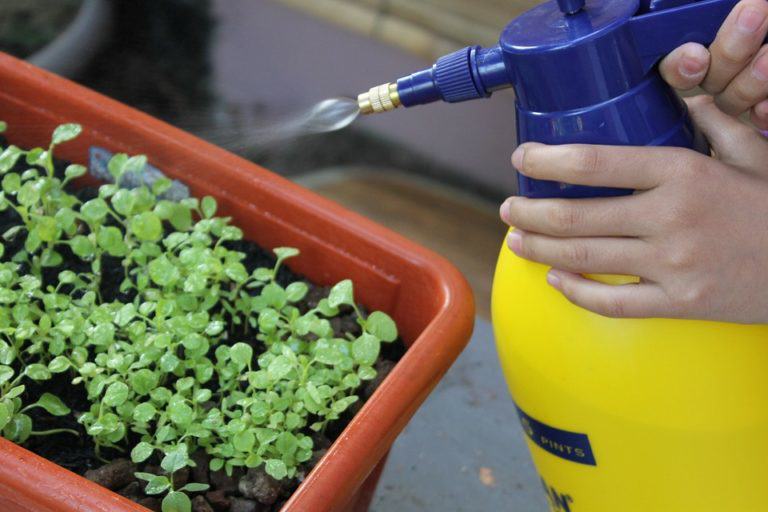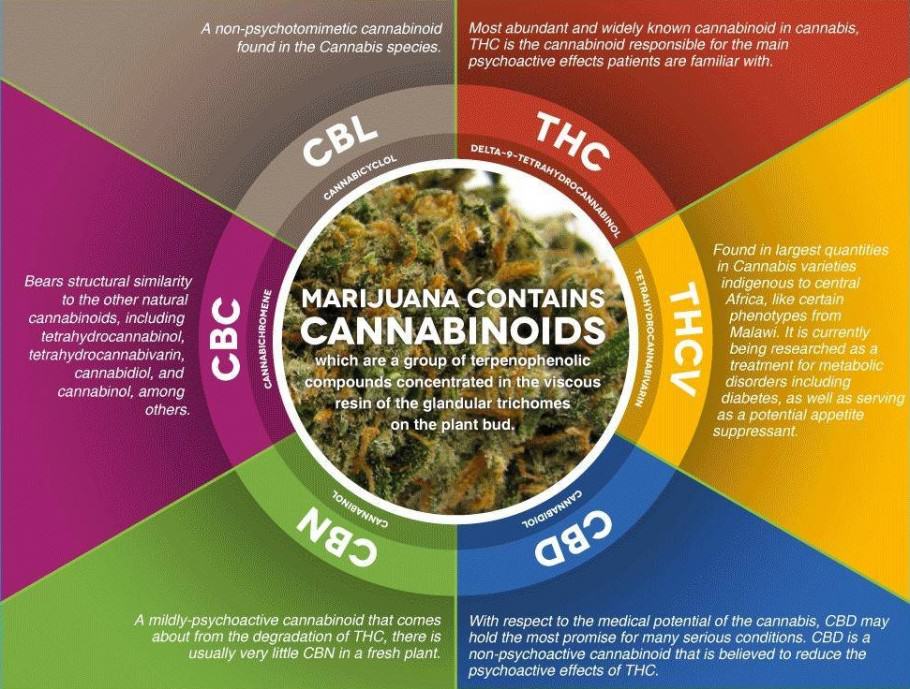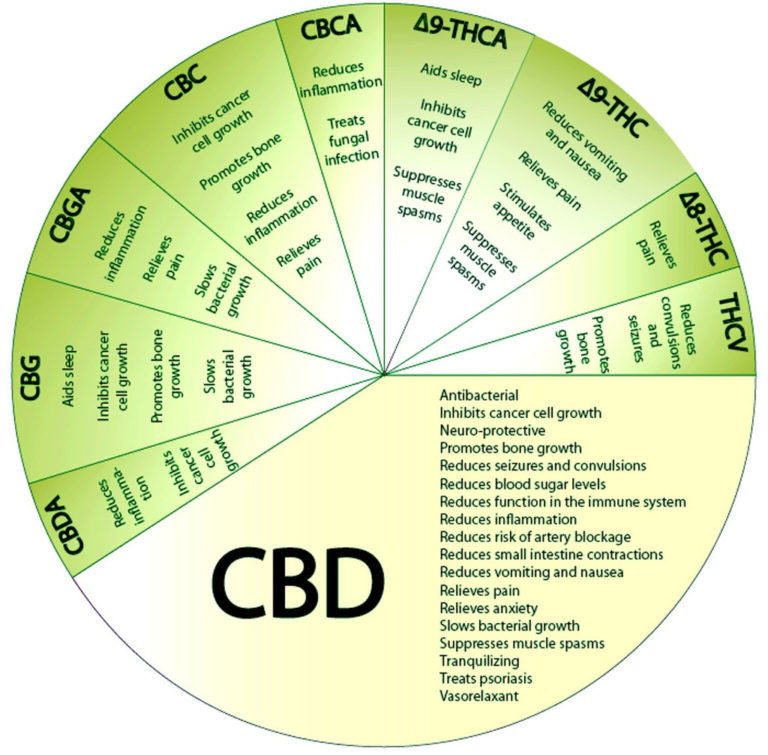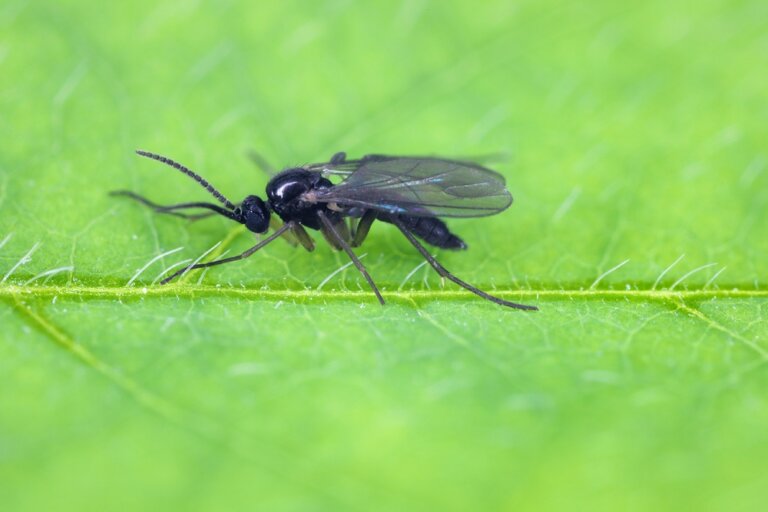Properties of Neem oil
List of contents
What is neem?
Neem oil is a by-product from a tree endemic to India and Burma and other tropical and subtropical areas, known as neem or nim tree (Azadirachta indica) among other names. It's an evergreen tree (doesn't lose its leaves in autumn) which can reach more than 20 meters in height, and it doesn't need large amounts of water to develop. Nowadays, and due to its multiple uses (from the pharmaceutical industry to agriculture), it can be found virtually in all tropical areas of the planet, except for those at high altitudes. Its relationship with humankind goes back several millennia, as confirmed by some neem leaves found in 4500 years old archaeological sites along the Indus basin, in present-day Pakistan.
Besides its health benefits, neem oil's insecticidal and fungicidal properties are well known in the field of ecological agriculture, since it's a product 100% organic and environmentally friendly. Its main insecticidal compound, azadirachtin, is widely used in all kind of crops as insecticide all over the world both in indoor and outdoor cultivation, and it's an excellent option for ecological agriculture thanks to its repellent and insecticidal properties. Today, we are focusing on this useful substance and will see how it can help us to keep a healthy and pest-free garden.

How is neem oil made?
As with almost any plant or fruit extraction, there are several techniques to separate the active ingredients from the plant matter. The most ingredient-friendly method is, as with olive oil, cold pressing the seeds. Another approach is hot pressing, which is more effective, although it preserves fewer properties. Finally, they can also be extracted with different chemical solvents, such as hexane, the most commonly used.
However, with this type of extraction, you get lower quality oil, which is usually intended for soap manufacturing. If you ever heard the expression "neem cake", you'll know it refers to the waste product left behind after the oil pressing and separation process, which, while retaining some of the original properties, it has nothing to do with the obtained oil, which contains many more active ingredients.
Composition of Neem oil
Neem oil contains a large number of triglycerides and triterpenoid compounds, the latter being what gives it the characteristically bitter taste. Among the triterpenoids, azadirachtin is the most well known and studied as an insecticide, with a content of around 300 and 2500ppm depending on the extraction method and the quality of the processed seeds. It also contains, though in smaller quantities, steroids such as campesterol, beta-sitosterol, and stigmasterol, all of them organic compounds derived from the sterane's nucleus.
According to some tests and on average, the three main components of neem oil are oleic acid (Omega-9), which usually accounts for 25-50% of the total, hexadecanoic acid (palmitic acid), and octadecanoic acid (stearic acid). In addition, there are also - to a lesser extent - other compounds such as linoleic acid (Omega-6), alpha-linolenic acid (Omega-3), and 9-hexadecanoic acid (palmitoleic acid).
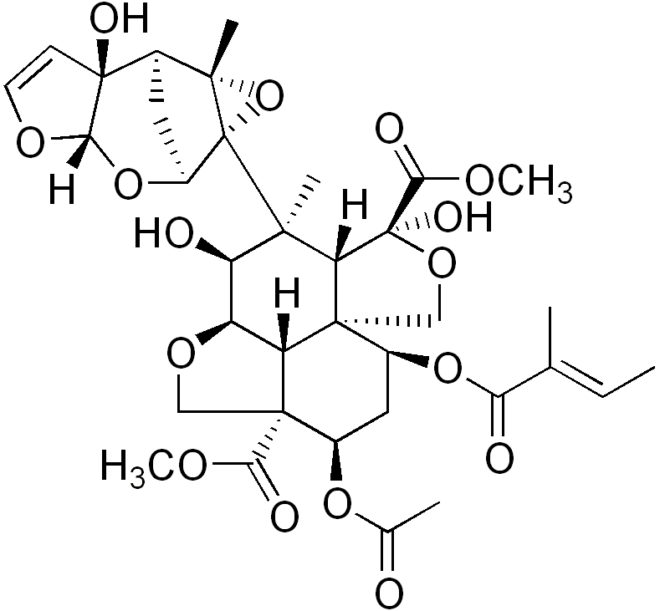
Neem oil as an insecticide
Without a doubt, and leaving aside the medical applications we'll see later, the main use for neem oil is as a broad-spectrum insecticide for a wide range of potential pests. As we have already discussed, the main insecticidal compound of neem oil is a triterpenoid from the limonoid family called azadirachtin, which is one of the few insecticides approved for organic farming. Neem also contains other secondary metabolites such as salannin, meliantriol, nimbin, and nimbidin (among others), which to a lesser extent also have insecticidal properties.
Azadirachtin works by direct contact or ingestion at a hormonal level, being much more effective in larval state insects than in eggs or adults. It primarily inhibits chitin production, so the insect cannot develop properly and it's incapable of reaching the next larval stage, and therefore, dies without having been able to reproduce. It also acts as an anti-nutrient by inhibiting the insect feeding and reducing the rate of proteins and amino acids in its system.
On top of that, neem oil does not affect beneficial insects such as bees, lacewings, and ladybugs, it exhibits a very low mammalian toxicity and is completely biodegradable (it degrades after about 100 hours of exposure to light or direct contact with water). In addition, it does not seem to cause resistance in the pests treated, something very important for the grower. As you can see, it?s a wonderful ally for the grower who cares about the environment and wants to get rid of or treat a high number of pests, whether it is in the top part of the plant (leaves and stems) or in the root area. These are the main pests that can be tackled with neem:
- Red spider mites
- Trips
- Whiteflies
- Ants
- Aphids
- Caterpillars
- Mites
- Leaf-miners
- Mealybugs
- Nematodes
- Termites
- Substrate flies/Fungus gnats
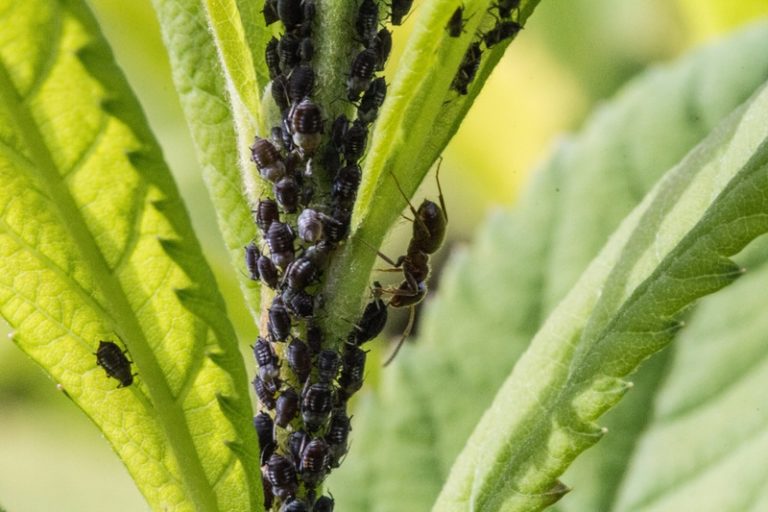
Neem oil as a fungicide
The benefits of neem oil are not limited to its insecticidal action. In fact, some of its ingredients offer a high antifungal activity, preventing the development of some of the most feared fungi for the cannabis grower: mildew, botrytis, and powdery mildew. Basically, the ingredients reduce the acidity level of the leaves surface, preventing fungi from proliferating on them. It's, therefore, a good solution both to eradicate pests and as a fungicide.
It is also known that its power is greatly increased when applied together with sodium or potassium bicarbonate (being the latter more effective against mildew). Therefore, the best neem oil combination against fungi is bicarbonate together with a surfactant agent, as we?ll explain below.
How to use neem oil, dosage and applications
Before using neem oil or azadirachtin, it's very important to bear in mind that, like every oil, it is water-repellent, which means that it's hard to add to water to form a homogeneous mix. To avoid this, you must use a surfactant agent that mixes well with water in order to be effective. You can use potassium soap, another natural and broad-spectrum insecticide (approved for organic farming) that we are sure many of you already know. In addition, both compounds will also nourish the plants regardless of the application method, either by spraying (foliar application) or through irrigation.
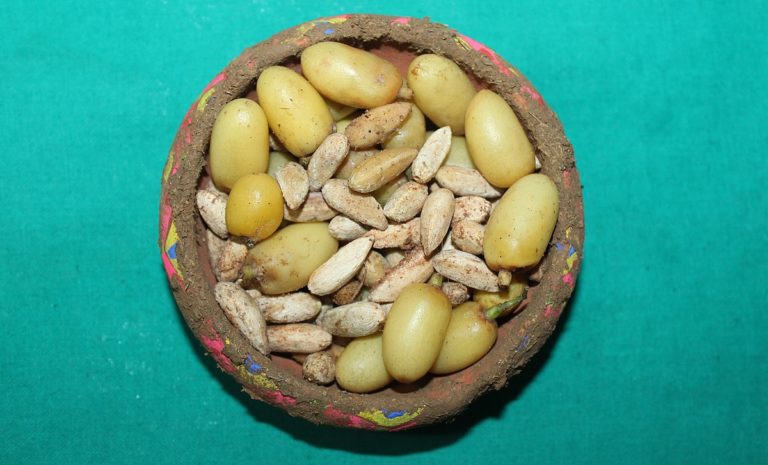
In many occasions, it's advised to use both methods, since the foliar application will act as a contact insecticide, while the irrigation offers some systemic action, remaining on the plant and fighting the pests that feed on it. You can alternate the two methods every few days, both as a preventative (every week or 10 days) and to fight against pests that are already established (every 4-5 days). You can use Trabe Neemazal neem extract or Proteco Bioneem neem oil, both of which are of excellent quality.
Neem oil for insects:
- Foliar application and irrigation: 1-2ml of neem oil + 3-5ml of surfactant agent (potassium soap) +1 litre of water
First, mix well the water and the surfactant. Then, add the neem oil and stir well the mixture until smooth. For the irrigation, you can slightly increase the neem oil dose to 3ml per litre of water.
Neem oil for fungi:
- Foliar application: 1-2ml of neem oil + 2-3g of bicarbonate + 3-5ml of surfactant agent (potassium soap) + 1 litre of water
Mix the water, bicarbonate and surfactant agent. Then, add the neem oil. It is not advisable to use sodium bicarbonate in irrigation, as it could cause a salt build-up in the substrate (you can use potassium bicarbonate).
Neem flour use:
- Foliar application: 3-5g of neem flour + 1 litre of water
- Irrigation: 1g of neem flour + 1 litre of water
- Mixed with substrate: 2-4g per litre of substrate
Neem flour is becoming increasingly popular because it's very versatile and effective to tackle soil pests such as nematodes and substrate flies or fungus gnats. You can mix it with water as we have seen with the oil, directly within the substrate, or sprinkle on it. We recommend Trabe ProNeem neem flour.
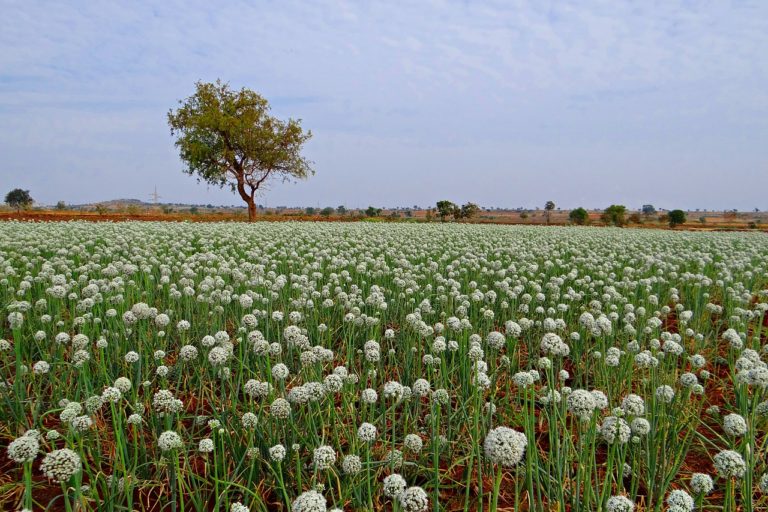
Other uses of neem
In agriculture, and other than as insecticide and fungicide, the whole plant is also used as an excellent organic fertilizer, which, in addition, repels potential pests such as termites, ants, and nematodes. It?s usually also cultivated to reduce desertification in certain areas, particularly in India, and it?s believed to act as a great absorbent of carbon dioxide in the atmosphere.
Neem has been part of Ayurvedic medicine for centuries, being used to treat diseases and symptoms such as fever, acne, eczema, leprosy, malaria, and tuberculosis. Its multiple therapeutic properties (antiseptic, diuretic, contraceptive, parasiticide, febrifuge, etc) have earned it the nickname of "tree of the thousand uses", although if you want to use it, it's advisable to be well informed, especially for pregnant and lactating women, as well as children.
Neem can also be used to obtain methane gas from its pulp, to make various cosmetics, and to produce a soap with more foam and detergent capacity than the ones made with edible oils. In areas where its cultivation is traditional, neem has been used for centuries in rituals and religious ceremonies to purify the environment.
As you can see, the neem tree is an excellent remedy for pests and to nurture plants, in addition to offer other interesting properties for the agricultural industry, as well as for the pharmaceutical and cosmetic industries. No wonder it?s so valued!
Happy growing!































































